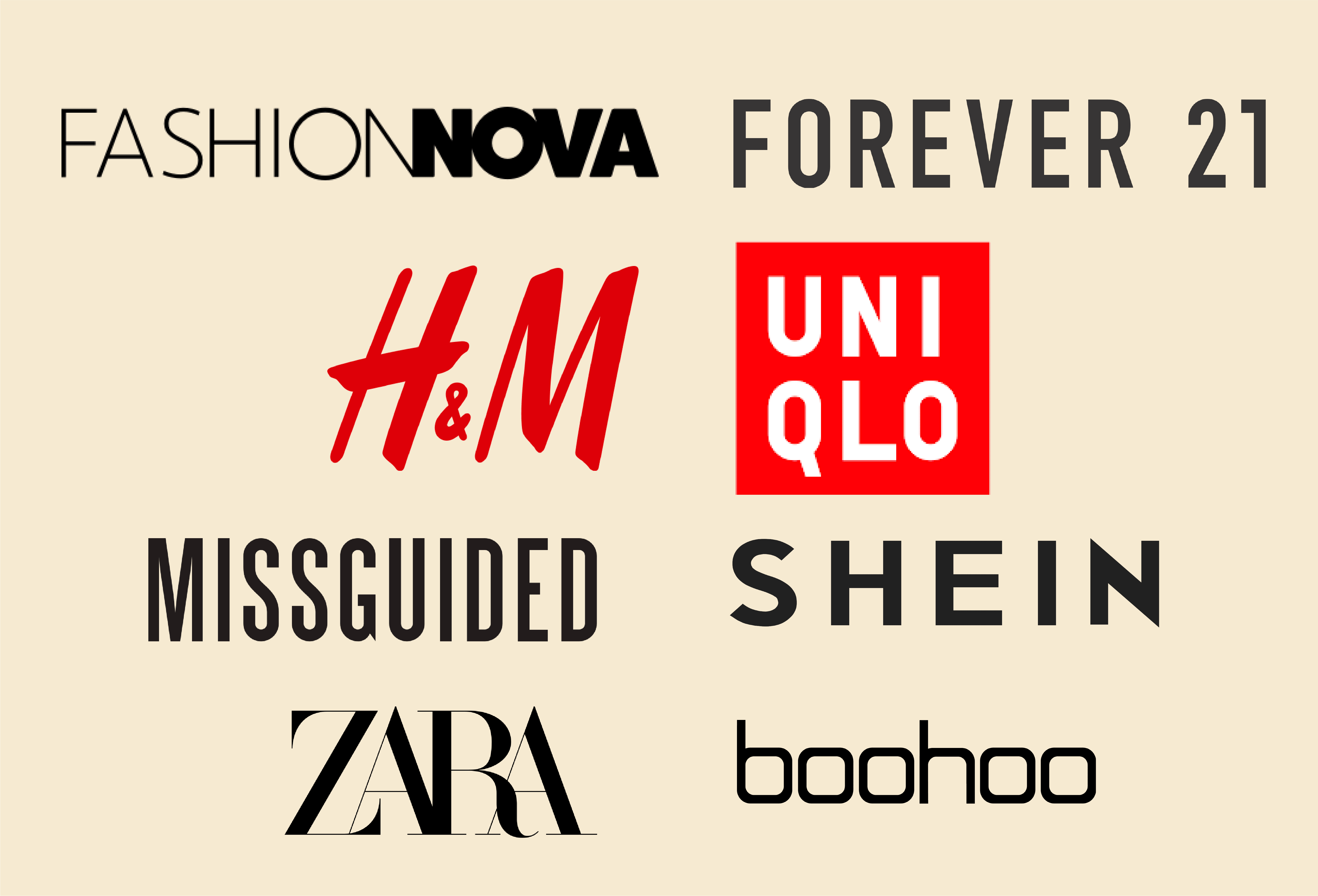H&M and Zara are two of the largest and most famous fast-fashion retailers in the world. Although both offer trendy and affordable clothing options, there are significant differences in their design, quality, production, and marketing strategies. H&M targets young adults with street-style and classic basics, while Zara caters to a more luxurious taste with sophisticated and tailored clothing options. Zara is known for producing high-quality and more sustainable clothing in limited quantities, while H&M offers more affordable options with broader designs and colors. H&M uses celebrity-based marketing tactics, while Zara relies on showcasing the quality and versatility of their products. Both brands provide affordable and fashionable clothing options that cater to different niches of customers.
H&M vs. Zara: Which Fast-Fashion Retailer is the Most Fashion-Forward?
Introduction
Fast-fashion is a trend in the retail industry that is rapidly growing in popularity. Two of the most famous and biggest fast-fashion brands are H&M and Zara. Both companies offer trendy and affordable clothing options that appeal to a vast audience. However, there are significant differences in how they approach fashion-forward designs, production, and marketing strategies.
The Origin Story
While both H&M and Zara originated from Europe, their histories have been very different. H&M was founded in Sweden in 1947 by Erling Persson. The company initially sold women’s clothing and later expanded to men’s and children’s clothing. On the other hand, Zara was founded in 1975 by Amancio Ortega in Spain, primarily targeting young adults interested in fashion. Despite having differences in their origin stories, both brands are successful worldwide and have become household names.
Target Customers
H&M and Zara both target the same customer base, but H&M focuses more on young adults aged 18 – 35, while Zara caters to men and women between 25 – 40 years of age. H&M’s designs are more geared towards street style, urban wear, and classic basics, while Zara’s clothes are more sophisticated and tailored, catering to a more luxurious taste in fashion.
Design and Quality
While both H&M and Zara focus on providing affordable fashion options for their customers, Zara is known for its high-quality products. The quality of Zara clothes is better compared to H&M, and they produce more sustainable and long-lasting clothes. On the other hand, H&M provides a more affordable option with a broader range of designs and colors.
Production Process
Zara has a unique production method where they produce only a limited quantity of each fashion item. This method enables the brand to cater to customers’ quickly changing fashion trends and preferences. In contrast, H&M produces large quantities of clothing items, which can lead to a slower response to fashion trends. Zara’s production process enables the brand to react faster to market trends and reduce the cost of holding onto unsold inventory.
Marketing Strategies
H&M is known for its celebrity-based marketing strategy, where they collaborate with well-known celebrities such as Beyonce and The Weeknd to release limited edition collections. This marketing technique attracts young adults interested in fashion and pop culture. Meanwhile, Zara’s marketing is more subtle and reliant on showcasing their products’ quality and versatility through their online and offline campaigns.
Conclusion
In conclusion, both H&M and Zara are successful fast-fashion brands, serving different niches of customers. They have unique approaches to fashion-forward designs, production processes, and marketing strategies. H&M targets young adults with affordable streetwear, while Zara caters to a more mature audience with classier and versatile clothing options. Regardless, both brands provide affordable, trendy, and high-quality clothing options that keep customers up to date with the ever-changing fashion trends.
